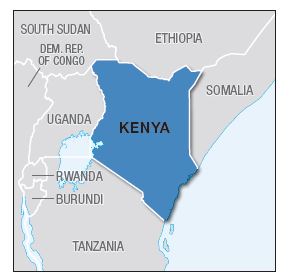Scaling Up Blended Financing for Water and Sanitation in Kenya
The Kenya Vision 2030 national development plan, in line with the water Sustainable Development Goal (SDG 6), seeks universal access to safe water and sanitation for all by 2030. The annual costs of investment and rehabilitation for water supply is estimated at US$303 million. However, it is estimated that existing sources of financing can only provide approximately US$193 million per year, underscoring the deep financing gap (World Bank 2016). Domestic commercial lending to water utilities has the potential to help bridge this gap, although experience in this area is still limited in Kenya. The Kenya Water Act of 2002 introduced important reforms in the sector, separating responsibilities for asset ownership and operation, creating autonomous utilities and an independent sector regulator, ring-fencing revenues within the sector, and establishing a framework for utilities and other county-owned Water Service Providers (WSPs) to move toward cost-reflective tariffs. At present, communities operate many small piped-water systems in rural and peri-urban areas. WSPs serve approximately 51 percent of the population in their service areas and 23 percent of the total population. These utilities lack familiarity with commercial banks’ lending practices and are not familiar with the steps that are required in order to become creditworthy. They typically are limited by their inability to provide sufficient collateral to secure loans, and lack adequate self-financing. High commercial interest rates pose an additional barrier. Local banks perceive the sector as financially weak, and have been hesitant to lend without assurance through risk mitigation support. Concessional finance and credit enhancements can help to strategically lower borrowing costs, and facilitate the development of commercial finance options for the sector.
